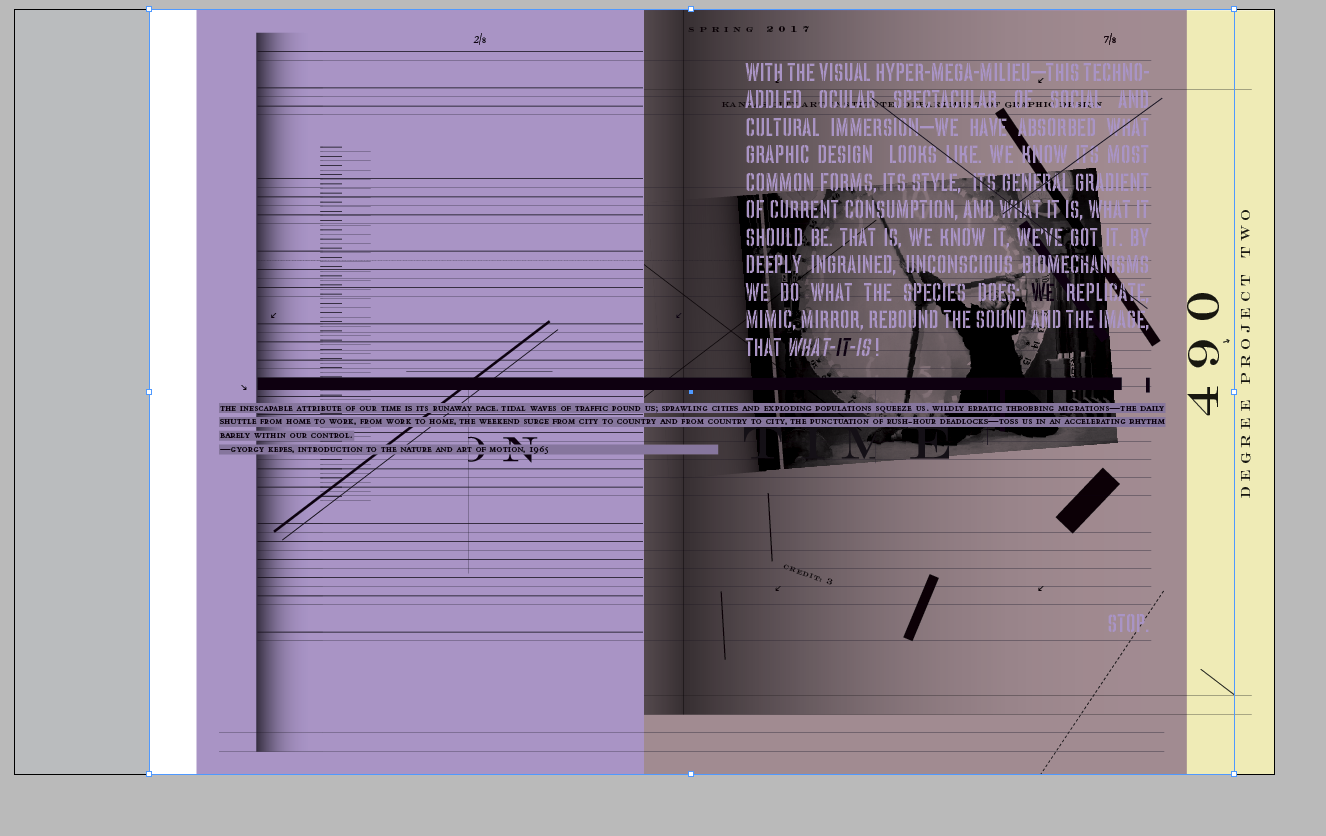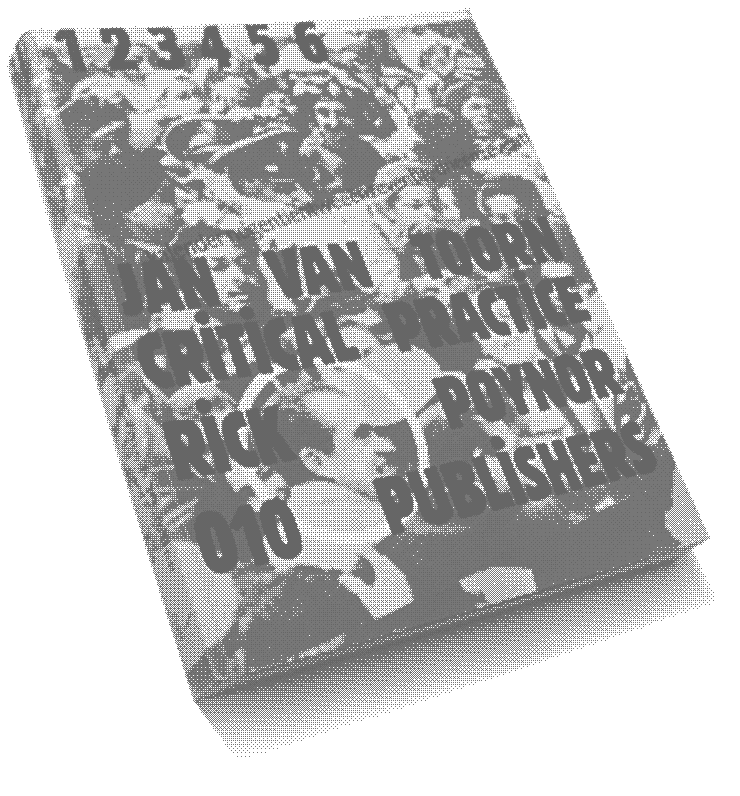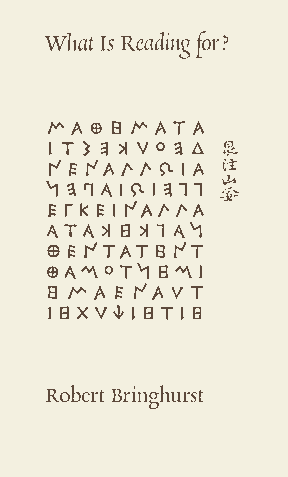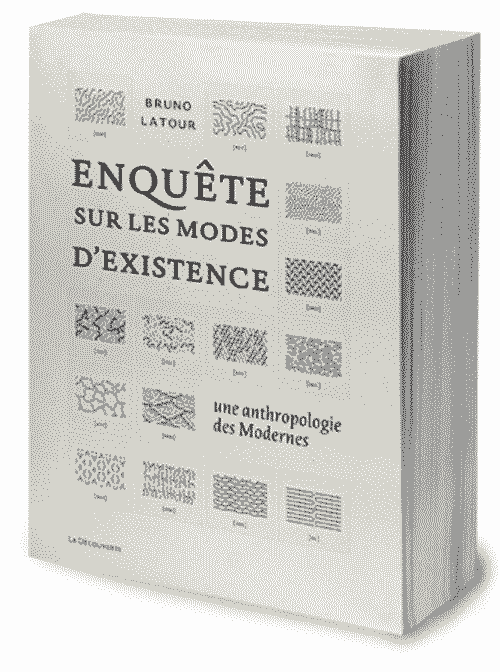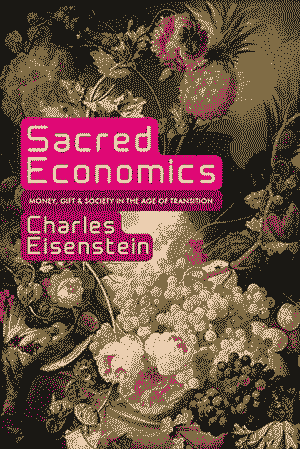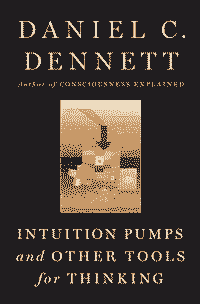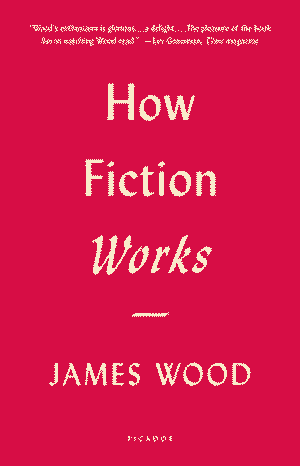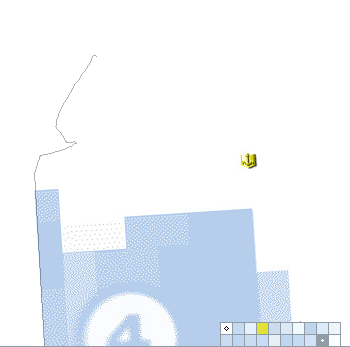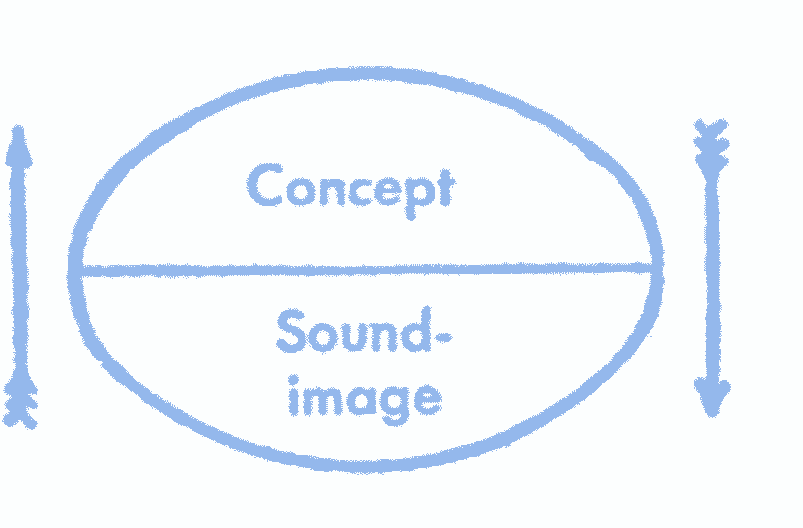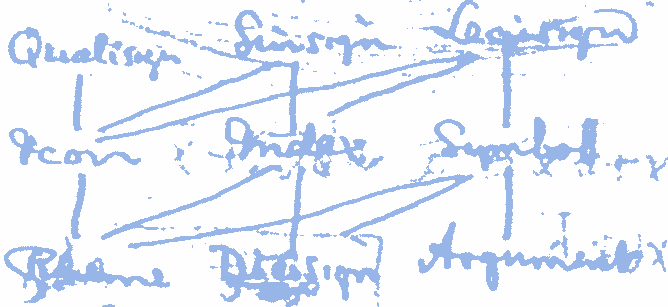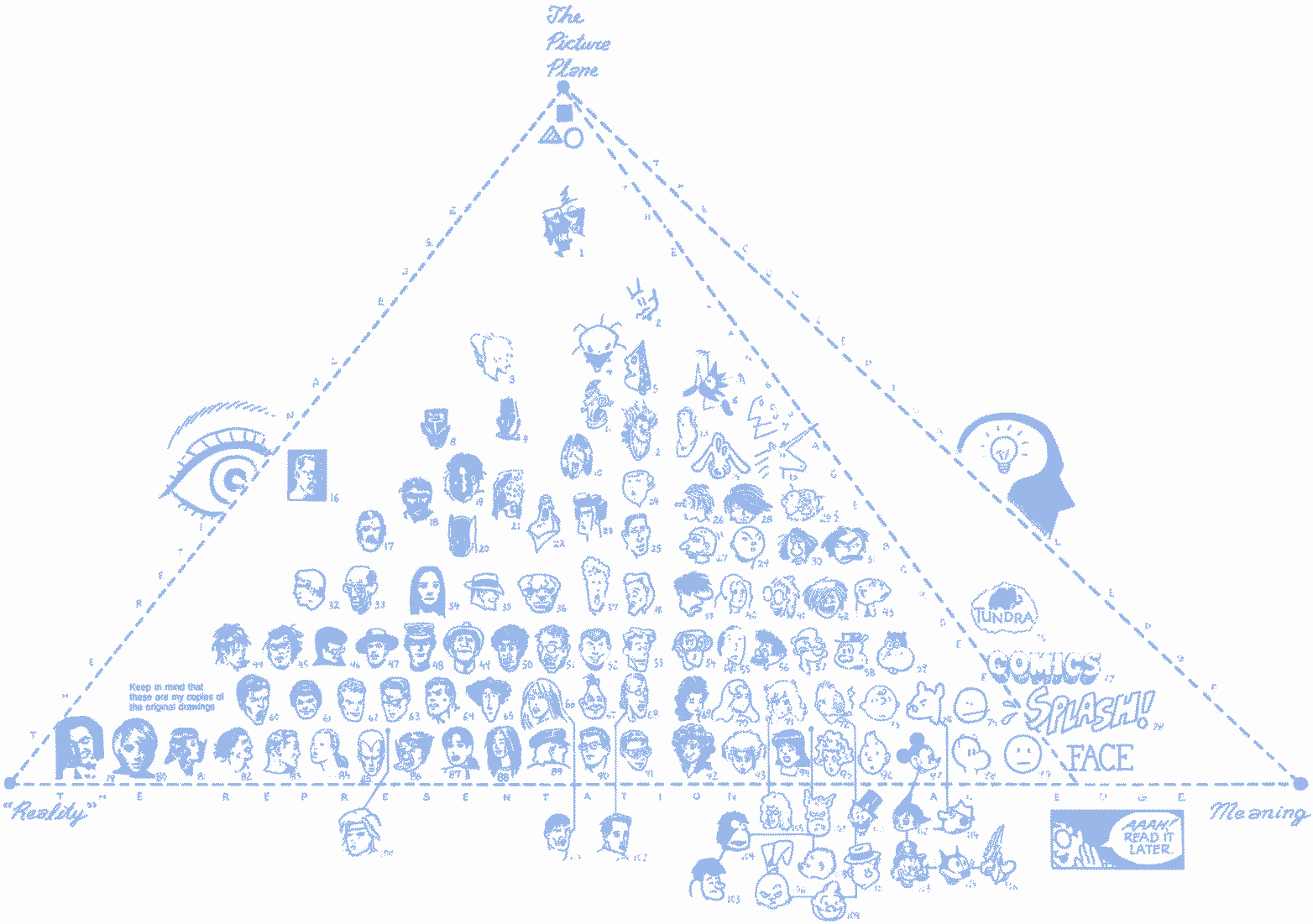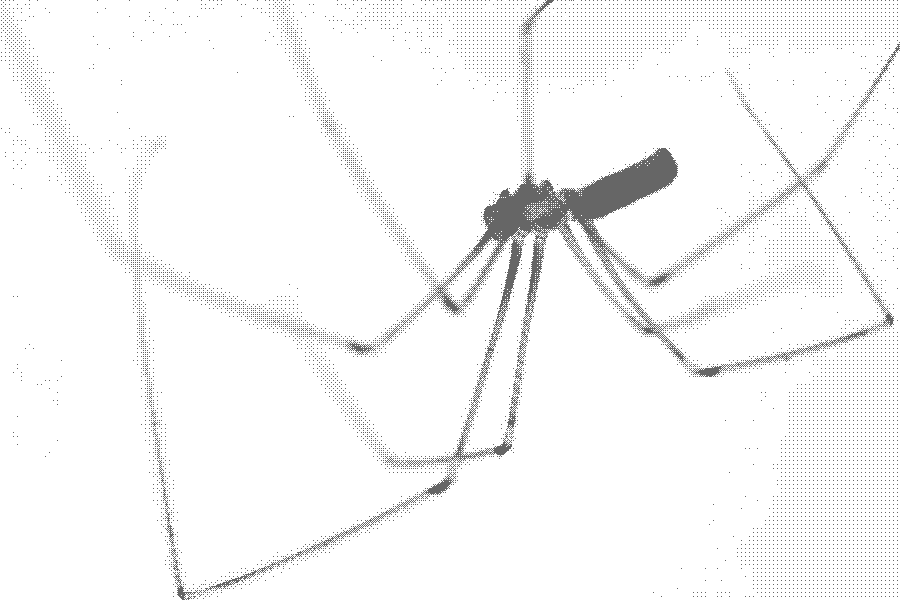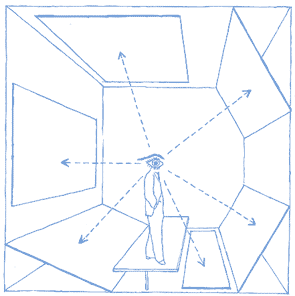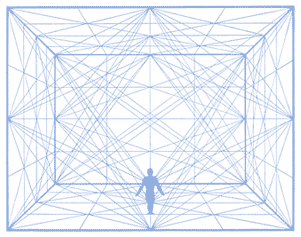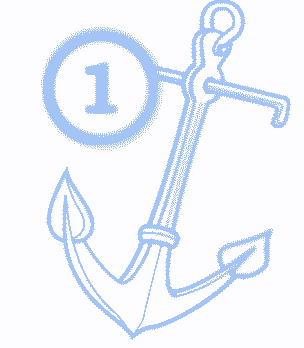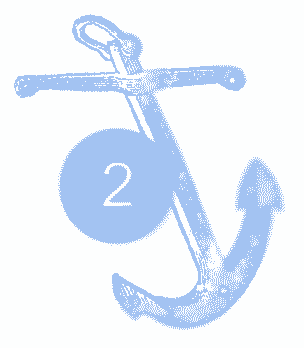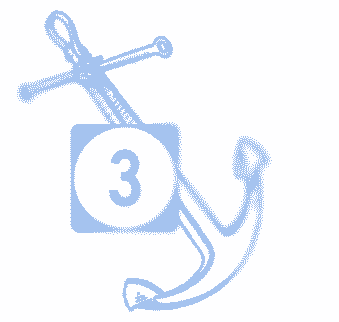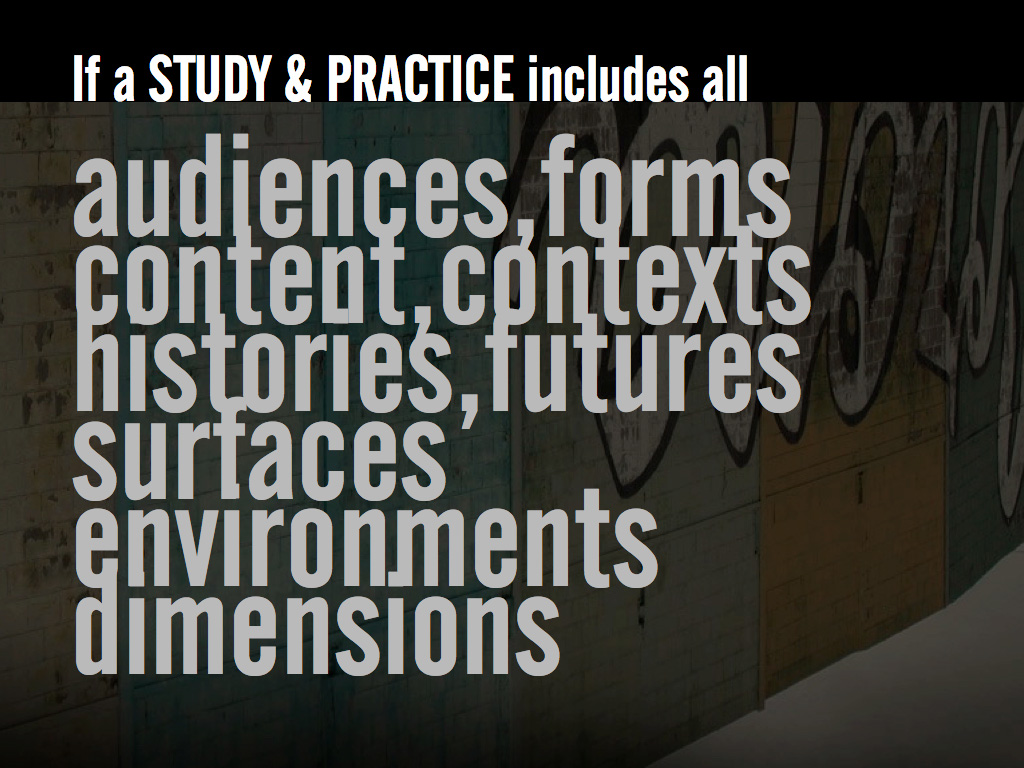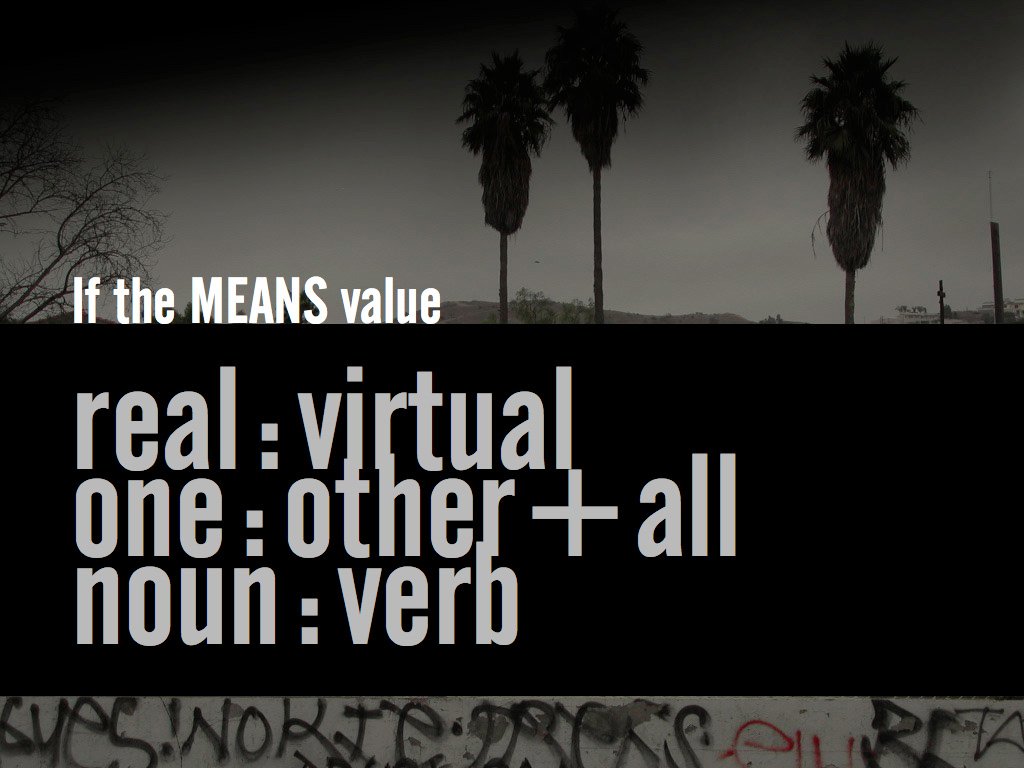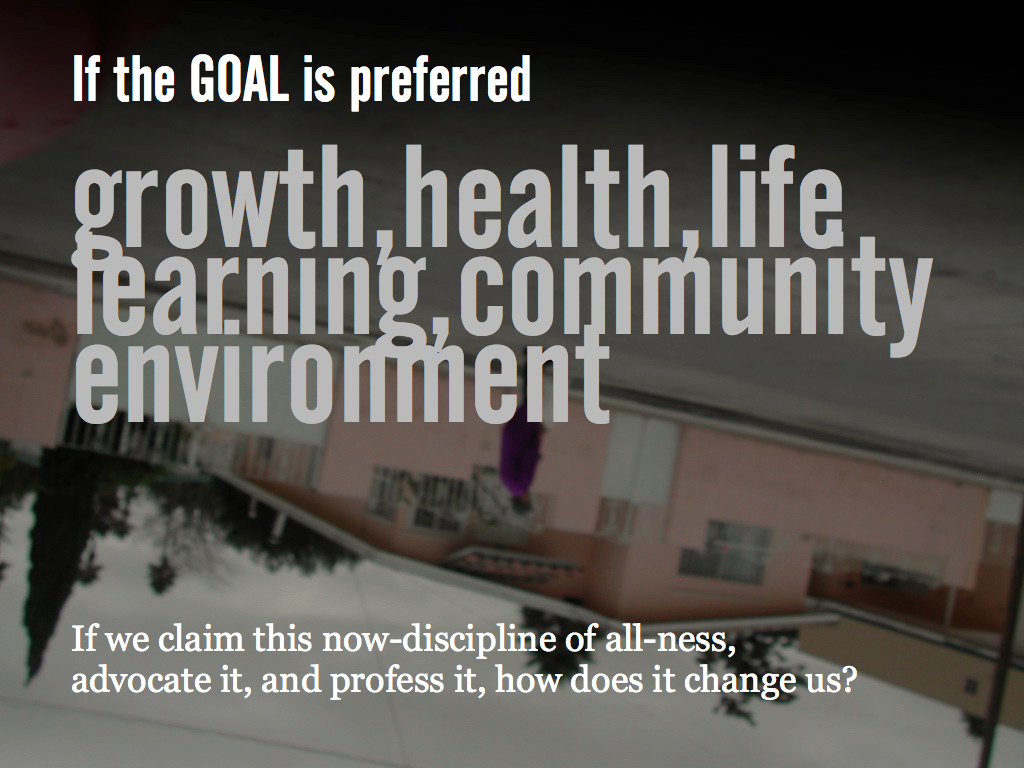G. K. Chesterton, a well-published hippie, and Ž.
Mapping, Sequencing, Paper Prototyping Sans InDesIlluShop

Pages, Posts, Frames, Windows
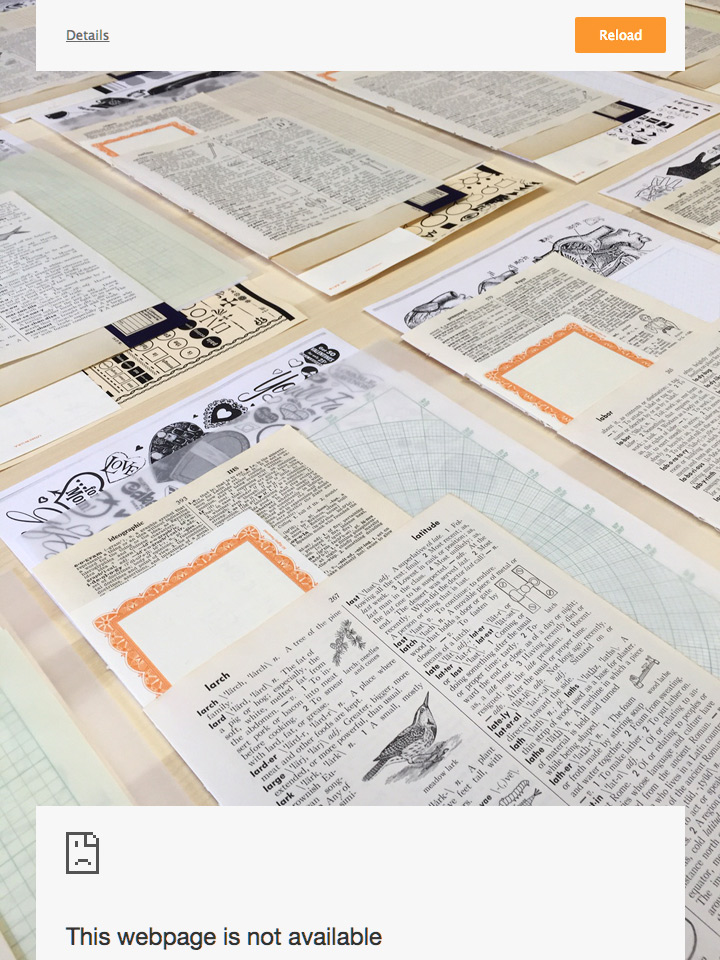
Web Beige
Consider this about web normcore…
and who cares when UX is the game?
Ignore NOTHING
…below this line
all comment threads welcome and crickets too
Hello and Welcome
Talk amongst yourselves (or not)
I will reply—
in image or any form that fits this null/full thread
(here is the aforementioned line)
Graphic Design /Visual Communication /Interaction Design /UX Design / Data & Information Visualization /Instructional Design /Service Design /Social Design /Ontological Design – Transition Design /
Contemporary graphic designers are called on to manage and present data and information in compelling and functional ways across an array of media—not deal in the birth of perfected and mod geometries to be gawked at and/or corporately acquired. Things have changed no matter how much we may want to deny it.
However, we do study form. We ask questions of shapes and contexts and relevance. We learn about light and shadow, materiality and its interface. We ask questions of what is needed and what is valued. We ask about the preferred and search our values to understand ourselves and the time we live. More than ever, we study the contexts in which any form may reside and any material used.
So what is the value of our formal studies unless married to an array of critical contexts in which we may find purpose? Where are the conjunctions that allow for one to learn synthesis and work toward a personal understanding? No matter how in-depth a tactile, direct and aesthetically engrossing study of form may be, one must deal in context. Why are we doing this? Why are we learning this? I have talked about some basic ways to define what you are doing: applied and experimental modes/intent, divergent and convergent thought/process, and listed an array of anthropological lenses (what?).
Identifying a range of considerations in context allows us to structure our studies and reflect on the outcomes with some purpose and criticality. I will always ask you about process. How did you get here and now that you have arrived at these ideas/solutions, what is your next step? If you have studied 2D or 3D or 4D language/form, made something, assessed its most basic material properties and learned from molding the metaphorical clay, what is next? What did you learn and do you know why you did what you just designed? I will always seek a transparent process with as great a number of contextual considerations as possible. The first is you. Have you synthesized an understanding of form/content and context and told a story that you value? What values and considerations?
Take a basic 3D shape in space and ask some questions of it. What questions will you ask of yourself, an audience, and the time in which you are making it. What of suspended inert monoliths in public spaces? What of the study of extruded typography in virtual spaces? How applied, how experimental, and to what purpose?
I have asked a few questions, but to break this open a bit, what happens when you consider the technological possibilities of Bot and Dolly? * Just how much does a seemingly isolated and experimental study of virtual 3D typography shift to the applied when one considers these systems and the ways designers may use them in the future? What becomes of ‘perfected’ geometric shapes in space when the surfaces come alive?
The institutionalized public sculpture of the last century that sat out on the landscape in isolation has been absorbed by architecture, interior architecture, and landscape architecture of the present. Buildings and their surfaces have absorbed those forms and functions. Surfaces are now mutable and have expanded the study of graphic design and other disciplines.
To shift just a bit, let’s consider trans- or multi- media design. Graphic designers rarely find a solitary life of poster design or even the old mainstay of print design. If a graphic designer works in print or branding, they are frequently (always) working across media in interaction design or motion design. This is old news as we were doing this well over a decade ago. In current graphic design practice we cannot edit anymore on personal preference. The discipline and the array of professional, technological, and social contexts define this—we do not. We can define our career path, yes—and to this there is a demand that you define more of your studies earlier and with greater awareness of what is possible.
–––––––––––––
* This is not just new tech pushing redundant questions and considerations inherent in old tech or no tech, nor is it a relentless continuation of a to-do list. It may prove in time to be a theoretical and philosophical romper room of spectacle and virtual dead-ends, but I doubt the metaphors and questions will go to waste. The digi systems designers have dealt with over the last two decades have pointed back out of the box and allowed some to see non-digi systems and their place in them anew.
traveling table
* * *
“It is personal.
That’s what an education does.
It makes the world personal.”
― Cormac McCarthy, The Sunset Limited
say again
Inscription within the field commonly described as GRAPHIC DESIGN ended (stopped, ceased) well before 1998. Fact. Everything since then has been little but redundant jobbing for common comfort and self-assurance that the field still exists. Fact — yet, to. SERVICE. Then, too, SYSTEM. Now and again: ONTOLOGICAL. Yet for the act and the process — the therapeutics of it all and maintenance of what was over long ago. That can’t be right!
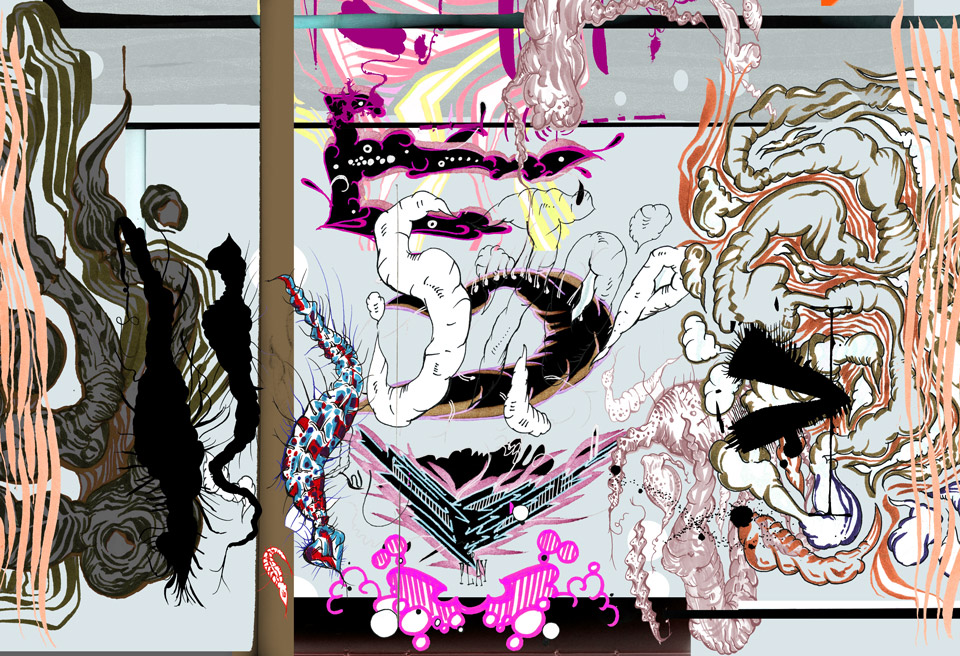
N E X T
all (that) validation
What of the curriculum? In reply, the exact answer from the AdminProfs, “our students get jobs.” One may want to characterize such a reply as replacement for knowing the what & why of a curriculum, we may want to hold patience, get to know the students and their goals, assess the currents and world of our multi-discipline—gather time and detail if we still indulge in such things. And ask in reply, “but do they get the jobs they desire—the careers, vocations, direction worthy of four years full-time, and the benefit learning of/from your pedagogical skill refined over decades in a job assured for life?” 
The first outfit put a team on the field. This team could play an array of other teams and win—they could work together and respond to strong opponents. They had special teams that could deliver. They had first and second string that could deliver. They won frequently. The second let the team off the bus at the stadium. Some ran up and down the stands while others ran this way and that around the field. Some horsed around in concessions or played hide and seek in the locker rooms. Once in a while one of them made it into the end zone. The coaching staff stayed out of their way and didn’t bring harm, nor did they field a team. In the third case, those assigned with coaching and team management stood at the door of the bus and knee-capped the players as they exited. The players there on the parking lot asphalt rolling around and looking at the empty sky.
More of the Same


‘Maybe…
this also accounts for the redemptive value of post-catastrophic movies, like I Am Legend and so on. We see the devastated human environment, half-empty factories, machines falling apart, half-empty stores. What we experience at this moment, the psychoanalytic term for it would have been the “inertia of the real.” This mute presence beyond meaning. What moments like confronting planes here in Mojave Desert bring to us is maybe a chance for an authentic passive experience. Maybe without this properly artistic moment of authentic passivity, nothing new can emerge. Maybe something new only emerges through the failure, the suspension of proper functioning of the existing network of our life work where we are. Maybe this is what we need more than ever today.’ —Slavoj Žižek

Early Summer Letter-Writing

Unstructured, Miasmic, and without Edges(not so, but it may include such things)
Originally posted: Oct 26, 2013
This will not do the subject(s) justice so consider this a net cast wide and full of large holes—call it a survey or line drawn roughly around a few things. It comes from talking with student designers (you) who are defining individual interests or following an inclination with little or no definition. It is great to see you are teaching yourself Maya and exploring virtual 3/D and 4/D images. It is great to see solid exploration in concept design, non-traditional storyboarding, collaborative video design and production, and design artifacts used in process to sort out greater understanding and not as some final, perfected product. You are doing these things on your own and at times against the neatly defined contexts of illustration, graphic design, or the demand of known, applied end products with a bow on top.
The current special issue of the Chronicle of Higher Education focuses on future concepts of colleges and universities. It touches on how digital technology has changed the ways we access information and learn. It talks about supporting individual paths through old barriers and toward custom, hybrid, more self-defined curricula. And at its best it hints at how technology has changed our social and cultural considerations of learning outside of that tech—take the flexibility, simultaneity, and open-source mindset and leave the box. Leave it in part or all together, keep the metaphors and lessons.
What are the lessons we keep and the metaphors we develop? One of the hardest to accept or even hold in definition for more than a moment is that of the multi-directional and simultaneous. This can be explorations of a range of object translations, styles, languages, forms or ways of thinking and working. We tend toward neat definitions of applied or experimental design, beginnings and ends of projects, the linear over the multi-linear.
Design is in the middle of a radical shift away from projects that have neat beginnings and endings, reside in one medium or with any one designer. As designers and students of design we sometimes (commonly) hold to the things we do well and shy away from those we do not.
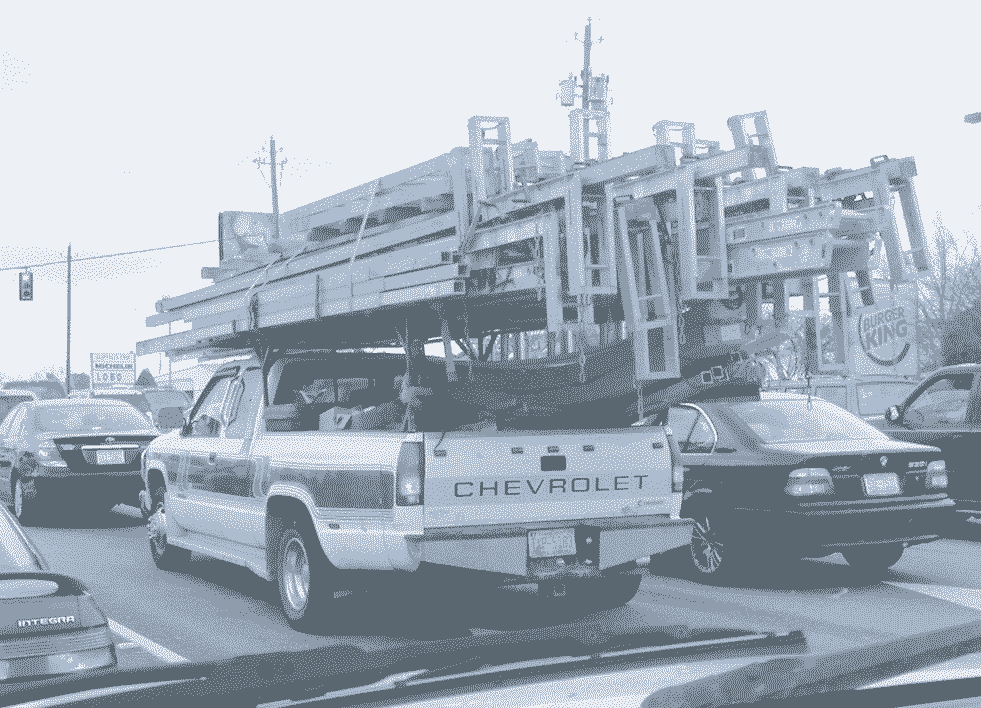
Design is a discipline that increasingly requires one to work collaboratively. This does not mean dragging our feet and having to put up with selling version 1.0 when practice is at version 10.0 and your team cannot or will not respond. It means we are responsible to know what time it is. It means we take responsibility for current professional standards, modes of practice, depth and breadth of study, and the ways that make navigating such a complex multi-discipline something doable, worth doing, and interesting. Sometimes (if not always) it means changing teams, finding greater dialog, and pushing outside of our comfort zone.
In all of this it is best to see learning and design as synonymous—it is best to take our definitions of design and apply them to the ways we learn individually and collectively. Intrinsic motivation, inclinations toward and skills for a particular medium or ways of making need not take a back seat to investigating broader languages and definitions. Those motivating forces that spark our interest can find a place to support larger, broader, increasingly complex studies.
The Bauhaus model of design education or any other model need not be tossed aside, nor the lessons of craft, formal language, and process. But we do need to realize what is productive, relevant and of mutual value both individually and collectively. Again, it is best to consider learning and design as the same. In this regard, we return to ideas of learning formal language. We do not study half of the visible spectrum or privilege the study of abstract geometries over photography or video. In the best case it is linked, it is a gradient among many. It is an illustration toward understanding interconnected systems, systems within systems.
One way of personally navigating the new contexts of design is to know those contexts, define them as best you can and know you may hold a singular opinion, yours. Design has expanded to mean many things—ways of doing, making, considering, being. Those definitions are outside of the designer and reside in the discipline and its culture. They also include your specific interests and the context(s) in which you define a vocation.
parts

Mia Blume for the WSJ
More talk. Much more.
Nothing to say? Say anything. Really, anything. Hum if you must. Communicate with pops and clicks but hear yourself.
Students and teachers (of design or any subject), let’s underscore the safe-zone idea of class/studio for open dialog, honest talk, laughing, singing, sounding-making! It is safe or should be—if it is not, make it so. Safe by way of open study of/in/through talking, hearing yourself talk, sorting things out with the sound of words. Get over the jitters, social excuses, assumed protocols, or anything that might hold you back from crafting/skilling some string of thought heard by the lot.
And ringing in our ears just now those folk who love to drop that talk-stopper: “less talky, more do-y” or some such derivation that gets the machines pumping out a more valid form of being than forming and framing ideas and revising them in real time with a solid crew of talking-listening-thinking-sorting folk. Oh, the error of such wacky thought and misplaced privilege to something other than learning to the use the greatest real-time, form-giving biological wonder of eyes attached to a brain attached to ears attached to vocalizing parts.
Design Studio, take up your place as the public speaking, public listening, commons-sorting talk lab that ye must be! It is safe.
1.20.14∞§∞§∞§∞§∞§∞§∞§∞§∞§∞§∞§∞§∞§∞§∞§∞§∞§∞§∞§∞
Thanks to you all who have been responding to the Spamphleteering!
Alphabet Thesaurus, Vol. 2

+ more Books:
searching for comms››››››››››››››››››››››››››››››››››

When a Thesaurus was less like a dictionary

5-gray day, 7°
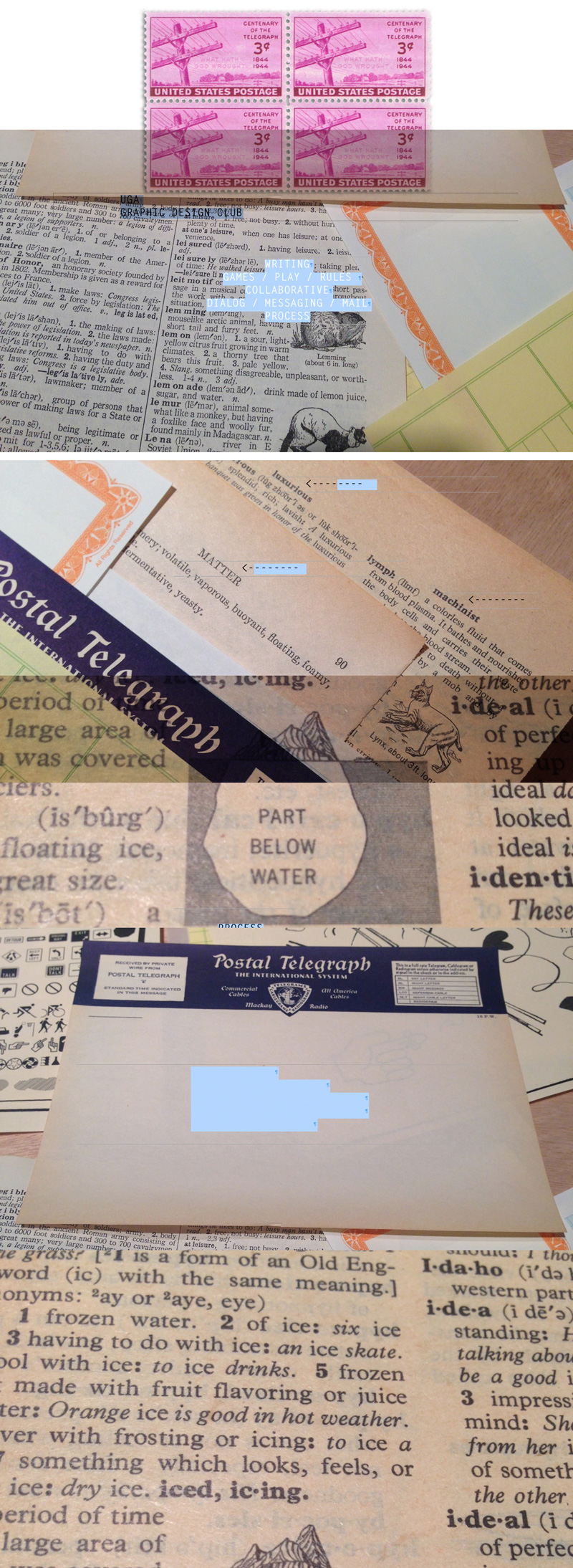
must (again)
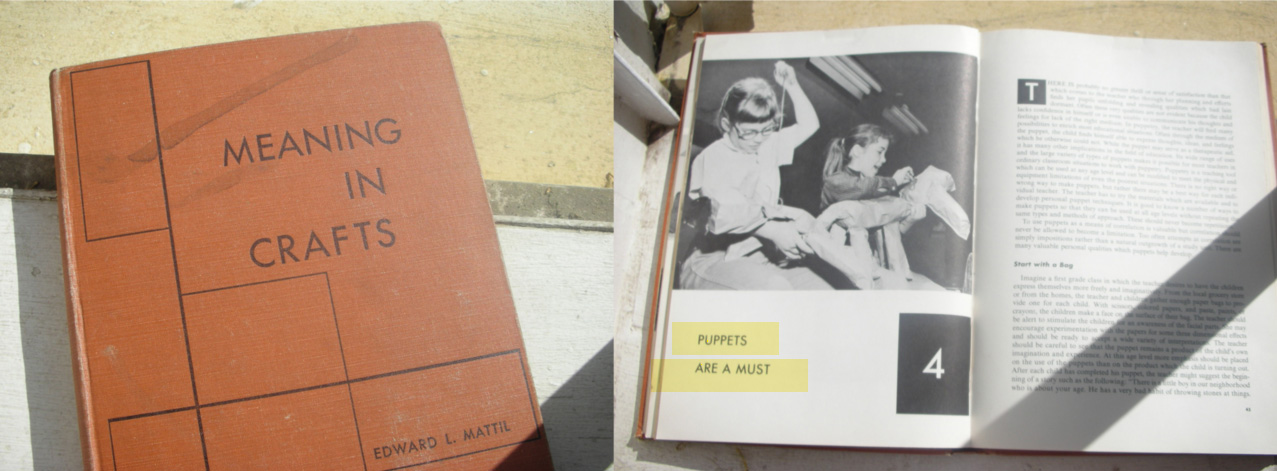
A few more books:
This—

Paul Rand Show in Atlantalast few days to see it
 Sunday, October 27, 2013 to
Sunday, October 27, 2013 to
Sunday, January 26, 2014
// The exhibition at MODA, Paul Rand: Defining Design, will examine the trajectory of Rand’s career in an entirely new way, juxtaposing his iconic designs with discussion of the design principles by which they were informed. In addition, short films, interviews, and examples of Rand’s persuasive writings will further illuminate this legendary designer’s thoughts on the design process. — MODA //
Rand Collection at the Cooper Hewitt
Graphic Design: Now in Production a few more weeks to see it (somewhat in the neighborhood)
The October 24, 2013 – February 23, 2014
Southeastern Center for Contemporary Art
750 Marguerite Drive, Winston-Salem, NC
secca.org (approx: 270 miles)
// Graphic design has broadened its reach dramatically over the past decade, expanding from a specialized profession to a widely deployed tool. The rise of user-generated content, new methods of publishing and systems of distribution, and the wide dissemination of creative software have opened up new opportunities for design. More designers are becoming producers—authors, publishers, instigators, and entrepreneurs—actively employing their creative skills as makers of content and shapers of experiences. At the same time, people from other fields are mobilizing the techniques and processes of design to create and publish visual media. //

// Featuring work produced since 2000 in the most vital sectors of communication design, Graphic Design: Now in Production explores the worlds of design-driven magazines, newspapers, books, and posters; the expansion of branding programs for corporations, communities, and individuals; the entrepreneurial spirit of designer-produced goods; the renaissance in digital typeface design; the storytelling potential of film and television titling sequences; and the trans- formation of raw data into compelling information narratives.
Graphic Design: Now in Production is co-organized by the Walker Art Center, Minneapolis, and the Smithsonian’s Cooper-Hewitt, National Design Museum, New York. The exhibition is curated by Andrew Blauvelt, Curator of Architecture and Design, Walker Art Center and Ellen Lupton, Curator of Contemporary Design, Cooper-Hewitt, National Design Museum. //

